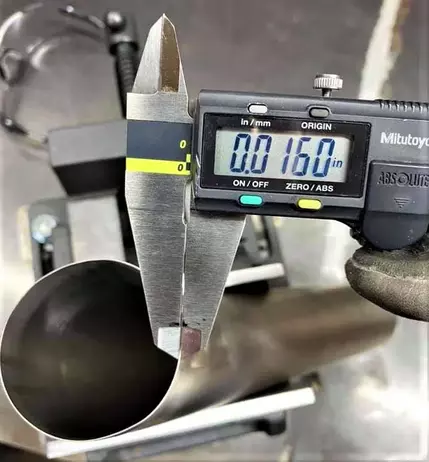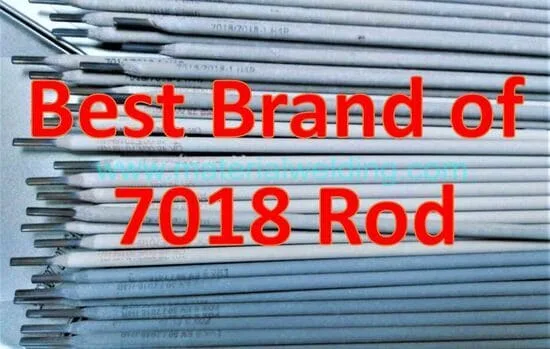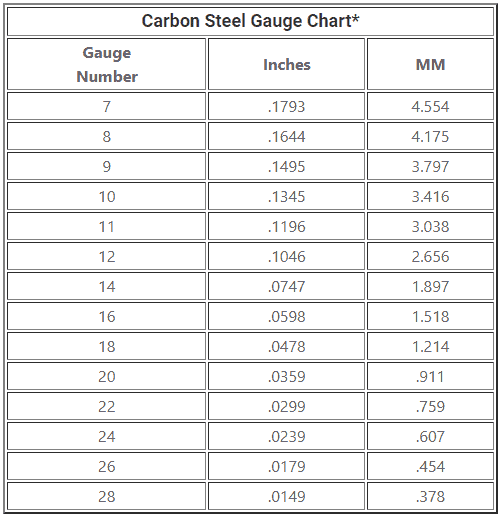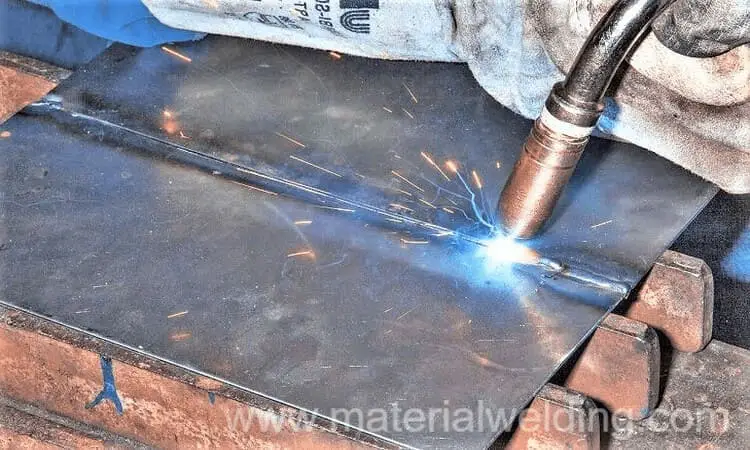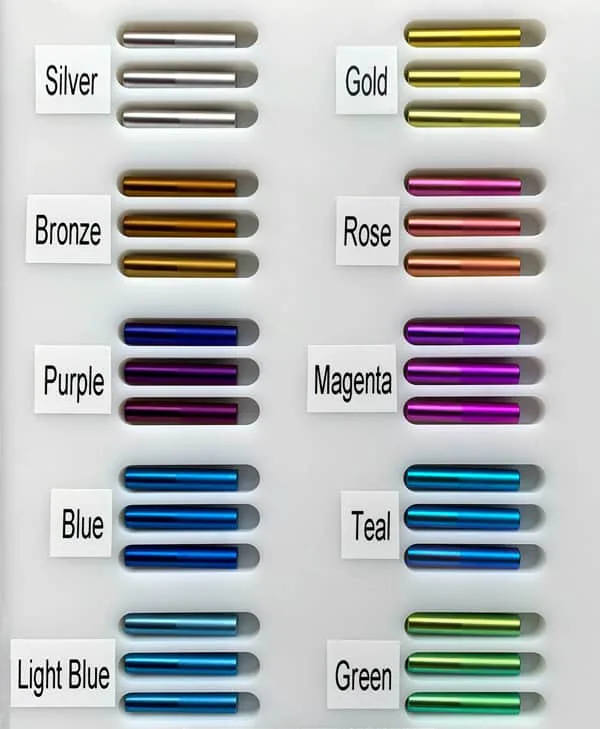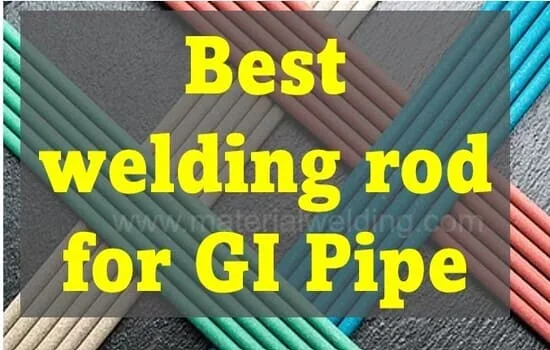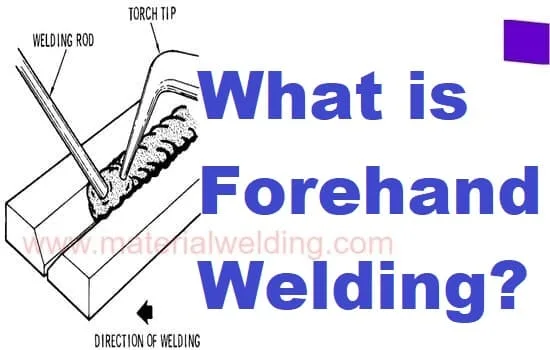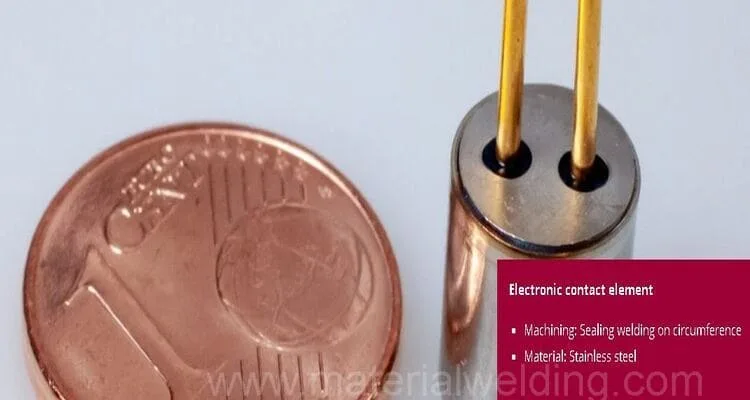Best Welding Rod for Thin Metal
Welding thin metal can be a challenging task, as using the wrong welding rod can easily result in burn-through or warping of the material.
However, with the right welding rod, welding thin metal can be a breeze, resulting in a strong and durable weld.
Choosing the best welding rod for thin metal requires careful consideration of the type of metal being welded, the thickness of the metal, and the welding process being used.
In this article, we’ll take a closer look at the various factors to consider when choosing the best welding rod for thin metal, as well as some of the top welding rods on the market for this particular application.
Stick Welding Rod size for thin metal
When it comes to welding thin metal, choosing the right welding rod size is crucial. The thickness of the metal being welded and the type of joint being made are the main factors to consider when selecting the appropriate welding rod size.
Using a welding rod that is too large can lead to burn-through or warping, while using a rod that is too small may result in a weak weld.
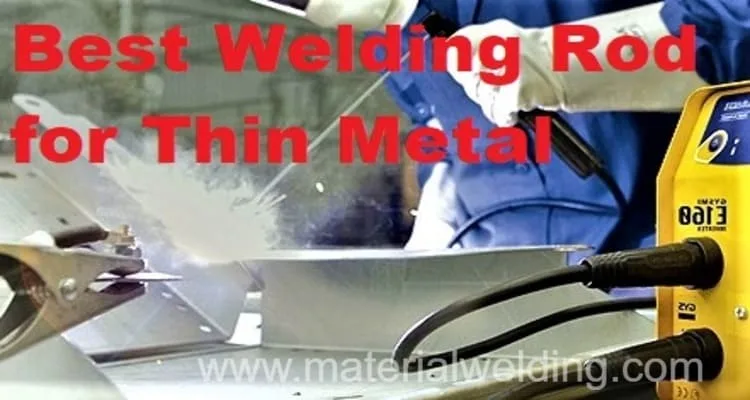
For welding thin metal, it’s important to choose a welding rod size that matches the thickness of the metal being welded.
Generally, for thin metals with a thickness of 1/8 inch (3.2 mm) or less, you’ll want to use a smaller diameter welding rod.
A common welding rod size for thin metal is 3/32 inch (2.5 mm) diameter. This size of welding rod is suitable for welding thin sheet metal or other thin metal parts, and will provide better control over the heat input and minimize the risk of burning through the metal.
Related Reading: How to weld Thin Sheet Metal Successfully?
MIG Welding Rod size for thin metal
MIG (Metal Inert Gas) welding is a popular process for welding thin metal. When welding thin metal with MIG, it’s important to choose the right wire size to ensure good penetration and prevent burn-through.
For thin metal with a thickness of 1/8 inch (3.175 mm) or less, it’s recommended to use a smaller diameter wire, such as 0.023 inch (0.6 mm) or 0.030 inch (0.8 mm) diameter wire.
These sizes of wire will provide better control over the heat input and minimize the risk of burning through the metal.
When choosing the wire diameter, it’s also important to consider the type of shielding gas used.
For welding thin metal, a mixture of argon and carbon dioxide is often used as the shielding gas. This helps to provide good penetration and a clean weld.
Best 5 Welding Rods for Thin Metals
1. Hobart 770466 3/32-inch 6013 Stick Rod
The Hobart 770466 3/32-inch 6013 Stick Rod is a welding electrode that is designed for use with AC or DC welding machines. The 6013 electrode is a mild steel electrode that is suitable for welding a variety of mild and low-alloy steels.
The 3/32-inch diameter of this electrode is a common size that is suitable for welding thin to medium gauge steel, ranging from around 1/16 inch to 1/8 inch in thickness.
This size of electrode provides good control over the heat input and is suitable for welding in all positions, including overhead.
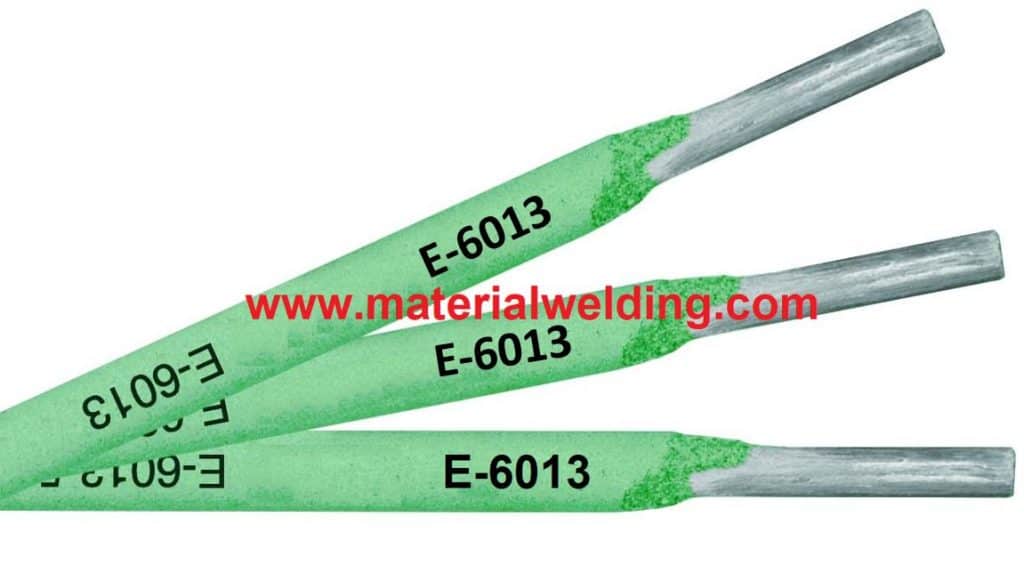
The 6013 electrode is a versatile electrode that can be used for a variety of welding applications, including fabrication, repair, and maintenance.
It produces a smooth, stable arc that is easy to control, and produces a weld with good appearance and minimal spatter.
When using the Hobart 770466 3/32-inch 6013 Stick Rod, it’s important to follow the manufacturer’s recommendations for amperage and polarity settings.
2. Forney 30705 E7018 Stick Welding Rod, 3/32-Inch
The Forney 30705 E7018 Welding Rod is an all-purpose welding electrode that is designed for use with AC or DC welding machines.
The E7018 electrode is a low-hydrogen, iron powder-coated electrode that is suitable for welding mild and low-alloy steels.
The 3/32-inch diameter of this electrode is a common size that is suitable for welding thin to medium gauge steel, ranging from around 1/16 inch to 1/8 inch in thickness.
This size of electrode provides good control over the heat input and is suitable for welding in all positions, including overhead.
3. Blue Demon 6013
Blue Demon 6013 is a welding electrode that is designed for use with AC or DC welding machines.
The Blue Demon 6013 electrode produces a smooth, stable arc that is easy to control, and produces a weld with good appearance and minimal spatter.
The 6013 electrode is suitable for welding in all positions, including overhead, and can be used for a variety of welding applications, including fabrication, repair, and maintenance.
The specific diameter of the Blue Demon 6013 welding electrode will depend on the product you select, as they offer a range of sizes.
However, a common size for the 6013 electrode is 3/32-inch diameter, which is suitable for welding thin to medium gauge steel ranging from around 1/16 inch to 1/8 inch in thickness.
4. Lincoln Electric Fleetweld E6011 180-RSP Stick Welding Rod
Lincoln Electric Fleetweld 180-RSP Stick Welding Electrodes – E6011 is a welding electrode that is designed for use with AC or DC welding machines.
The E6011 electrode is a versatile electrode that is suitable for welding a variety of low-carbon and mild steels.
The Lincoln Electric Fleetweld 180-RSP Stick Welding Electrodes – E6011 produces a deep penetrating arc that is ideal for welding through rust, scale, and dirt, making it suitable for welding in many different environments.
5. Washington Alloy 7018 Stick Electrode
The Washington Alloy 7018 Stick Electrode with a diameter of 3/32 inch is a low-hydrogen welding electrode that is suitable for welding thin sheet metal.
It’s also important to follow the manufacturer’s recommendations for amperage and polarity settings when using the Washington Alloy 7018 electrode for welding thin sheet metal.
Generally, a lower amperage and DC reverse polarity (electrode positive) is recommended for thin sheet metal welding.
The electrode should be held at a slight angle to the workpiece and moved quickly to prevent overheating.
FAQS
What kind of welding rod is best for thin metal?
For example, a 1/16-inch diameter welding rod with an amperage rating of 50-70 amps is a good choice for welding thin steel.
What is the difference between a welding rod and a welding wire?
A welding wire, on the other hand, is a spool of wire that is fed through a welding gun and used in MIG welding. Welding wires do not have a coating.
Can I use the same welding rod for different metals?
Using the wrong welding rod can result in a weak weld or a weld that fails.
For example, if you are welding stainless steel, you should use a welding rod that is specifically designed for stainless steel.
